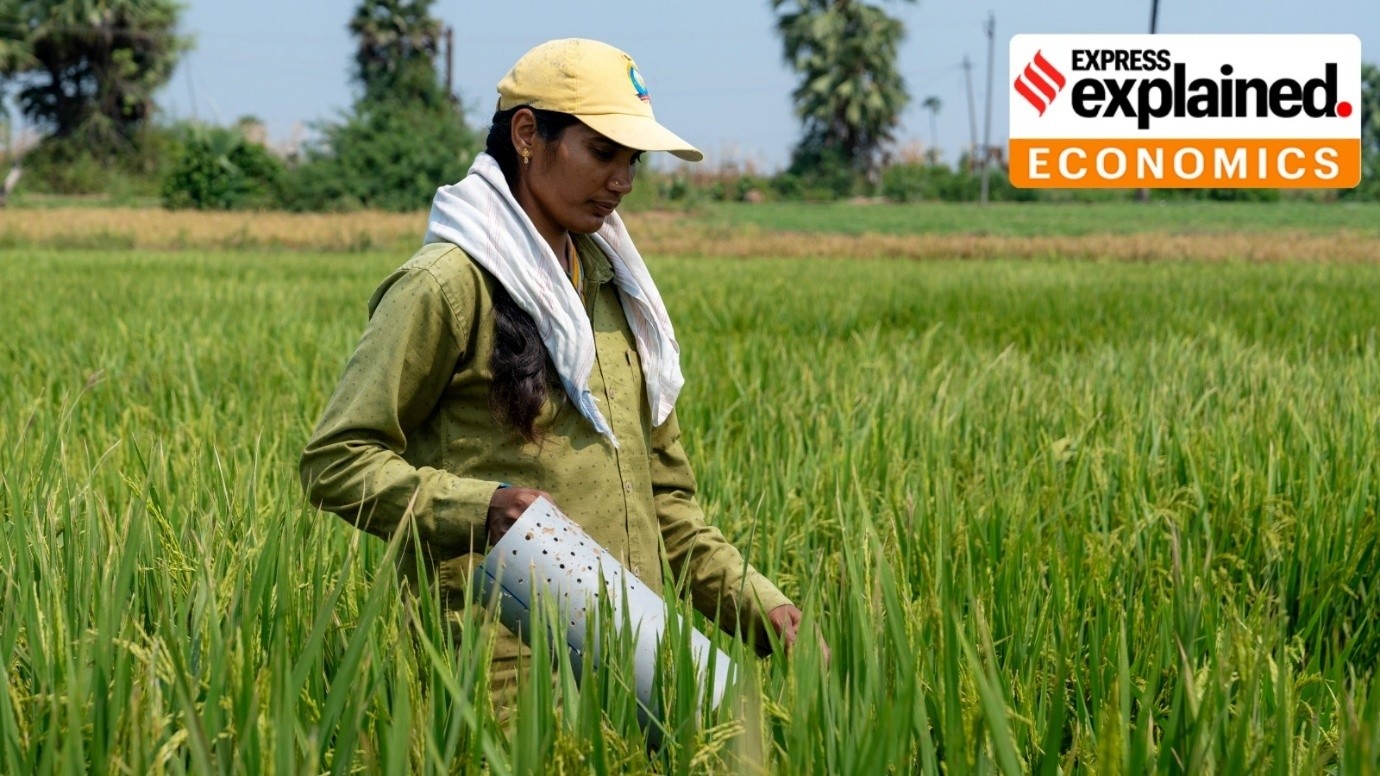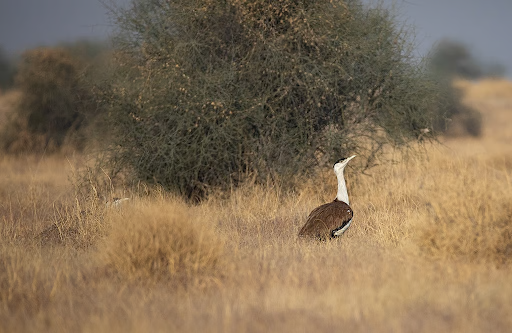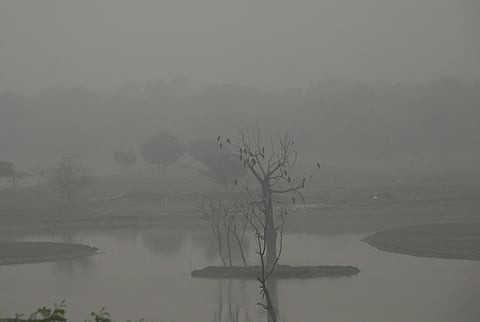



The black-headed caterpillar (Opisina arenosella) poses a serious threat to coconut plantations in Karnataka, damaging leaf tissue and reducing yield. The state is adopting integrated pest management (IPM), including biological control, neem-based pesticides, and farmer support measures to contain the infestation.

Disclaimer: Copyright infringement not intended.
Recently, the Chief Minister of Karnataka has sought a report from the Horticulture Department on the reported threat posed by the black-headed caterpillar (Opisina arenosella) disease to the coconut plantation across the state.
|
Category |
Details |
|
Scientific Name |
Opisina arenosella |
|
Common Name |
Black-Headed Caterpillar |
|
Native Region |
South and Southeast Asia |
|
Primary Host |
Coconut palms |
|
Nature of Damage |
Feeds on green tissues of coconut leaves, reducing photosynthesis and lowering yield |
|
Habitat & Feeding |
Caterpillars spin silken galleries on the underside of coconut fronds and feed on leaf tissue |
|
Photosynthesis Impact |
Loss of green leaf area hampers photosynthesis, resulting in weak growth and poor nut yield |
|
Infestation Pattern |
All age groups of coconut palms are affected; activity increases during hot summer months |
|
Visible Symptoms |
- Dried, brown patches on lower fronds - Only 3–4 central crown leaves remain green - Scorched appearance of groves in heavy infestation - Drooping leaves, bent fruit bunches, premature nut fall - Caterpillars may also feed on young nuts |
|
Mode of Dispersal |
Adult moths spread through the wind, rapidly infesting large areas |
|
Seasonality |
Present year-round with peak activity in hot, dry summers |
|
Integrated Pest Management (IPM) |
Neem-Based Pesticides: Neem oil and biopesticides repel and kill larvae, suitable for organic farming. Root Zone Fertility: Application of organic manure and micronutrients to enhance plant resistance. Biological Control: Goniozus nephantidis wasp parasitizes caterpillars; mass rearing is done in the southern states. Cultural Practices: Prune and burn infested fronds to limit early outbreaks. Nutrient Management: Improves plant vigor, reducing pest susceptibility |
|
Government Response |
- Damage assessment and hotspot identification by Karnataka Horticulture Dept - Scaling up the mass rearing of parasitoid wasps - Financial assistance and awareness programs for farmers - Strengthening research and early-warning systems |
Source: The Hindu
|
PRACTICE QUESTION Q. Which of the following pests, known to affect coconut plantations by feeding on green leaf tissues and reducing photosynthesis, has recently raised concerns in Karnataka? (a) Opisina arenosella (b) Spodoptera litura (c) Helicoverpa armigera (d) Leucinodes orbonalis Answer: a Explanation: The Black-Headed Caterpillar (Opisina arenosella) is a destructive pest that primarily targets coconut palms. Native to South and Southeast Asia, it poses a serious threat to the productivity and health of coconut trees. The pest is notorious for damaging the green tissues of coconut leaves, thus diminishing the plant's ability to photosynthesize efficiently. |






© 2026 iasgyan. All right reserved